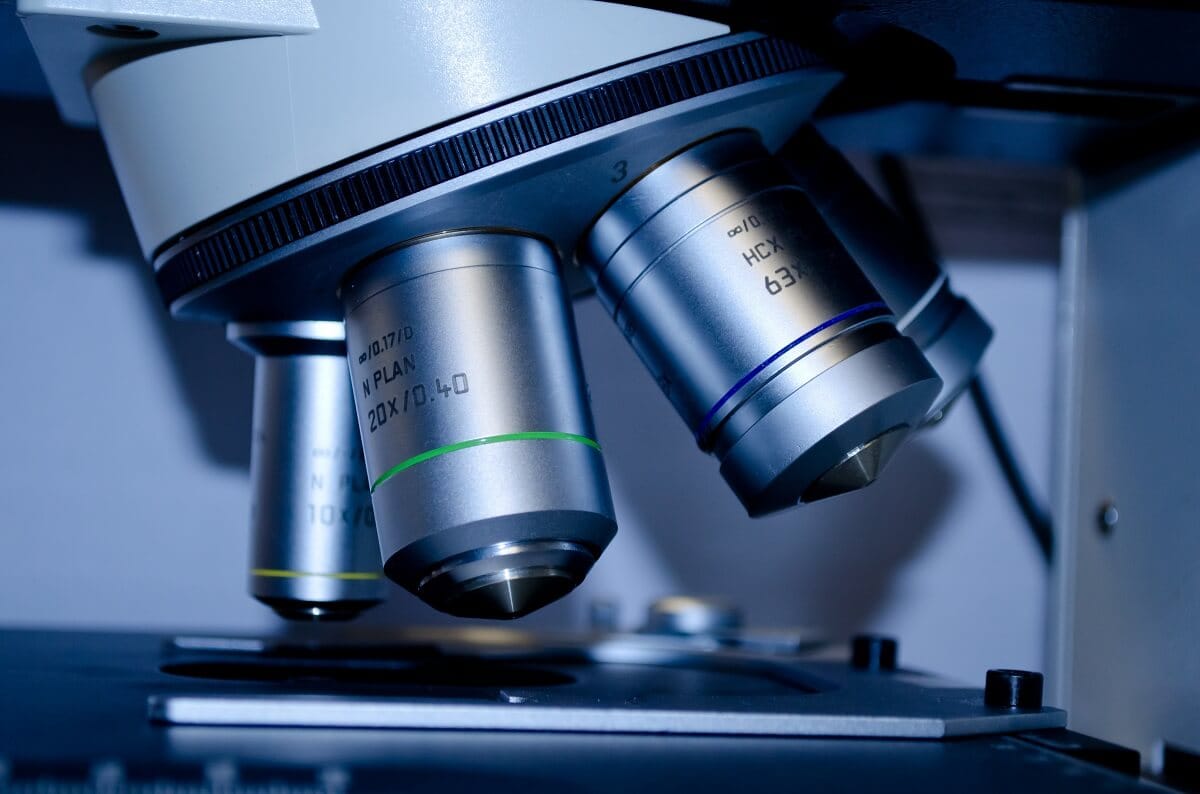Congratulations! You’ve found the chocolate chip to your cookie. Now it’s time to start thinking about the ring. This is a serious purchase. As you enter the diamond marketplace, it pays off to be armed with a few pieces of information.
Pricing can differ wildly with engagement rings. The cost is decided according to the Four C’s—Cut, Clarity, Color, and Carat. The average price for an engagement ring in 2018 was around $6000. Lovebirds can easily find themselves overwhelmed by the price point of these precious stones. Alternatives are often discussed, with lab grown diamonds causing quite a stir lately.
Do lab grown diamonds look real?
Like anything made to re-create the original, the first question people ask when they hear about lab grown diamonds is whether or not they ‘look real’. The worry is that these lab diamonds are created with different properties than diamonds found in the earth and that the difference is noticeable.
Natural, earth-produced diamonds have been a symbol of love and commitment for generations. ‘Diamonds are forever’ and all that jazz. There are amazing retailers where you can find the perfect diamond. A company like DiamondNet offers a huge selection of diamonds, warranty options, and knowledgeable diamond experts and for seeing their products, you can contact DiamondNet.
Differences between natural and lab grown diamonds
Lab grown diamonds are made by people. This means they are ‘synthetic’ diamonds, but their chemical composition is the same as a natural diamond. They look just like the natural gemstone. One is produced in nature, and one is grown in a human-controlled environment. To be clear, diamonds grown inside a lab are not the same as synthetic gems like moissanite. Stones like moissanite or cubic zirconia are made to look like diamonds. However, the different properties can be identified if placed beside an actual diamond.
Because human conditions are not perfect, lab grown diamonds do have imperfections that reveal it is not a natural diamond. There are ways to check whether a diamond is created in a lab or the earth. A type lla diamond has a different carbon purity than others. Only 2% of natural diamonds fall into this category. However, almost all lab grown have this carbon make-up. With testing tools you can check whether a diamond is lla diamond. If so, you can be almost certain it is lab grown.
Lab grown diamonds are visually indistinguishable from natural diamonds and they typically sell at a lower price point. The biggest draw to lab grown diamonds is the environmental stability. It simply takes less energy to grow a diamond inside a lab than to pull it out of the earth.
Negative ideas about lab grown diamonds
Of course, there are drawbacks. Many people may not know what a lab grown diamond is, and may assume your ring is ‘fake’. This is the result of misinformation, but it does happen. Another thing people dislike about lab grown diamonds is the missing ‘wow factor’. A lab grown diamond is not-one-of-a-kind. It was not produced as a work of art by the elements. A natural diamond has spent millions of years under pressure of the earth before being discovered. Somehow knowing the growth process is simulated seems less magical.
One concern in the diamond industry is that the source of diamonds are not being disclosed. Lab grown diamonds should be clearly sold as man-made. Should you worry whether your diamond is lab grown unknowingly? Probably not. Most synthetic diamond growers are completely transparent. And jewelers selling natural diamonds are doing their best to make sure their product as absolutely natural. When you shop at DiamondNet, you have the added comfort of knowing your diamond was checked by an experienced gemologist.



